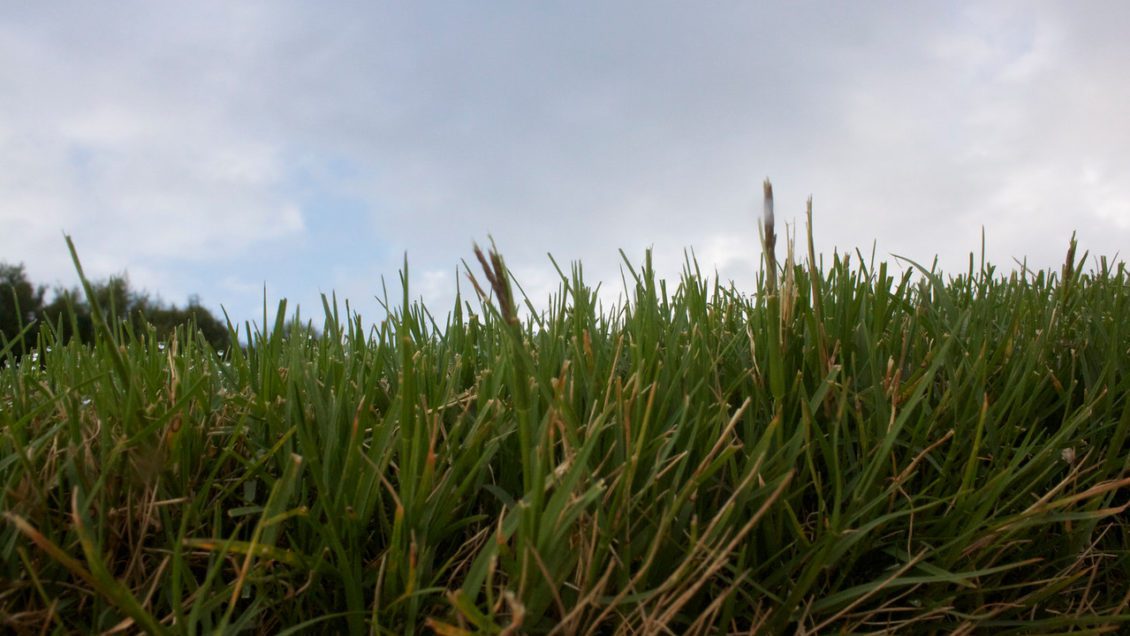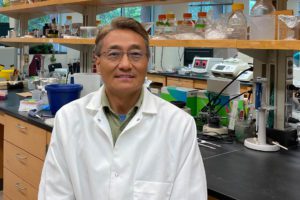Clemson, South Carolina, USA
September 13, 2021

Who doesn’t want a lush, green lawn? One Clemson University professor is using transgene technology to create grass strains that can thrive in adverse conditions while at the same time protecting wild plants in the environment.
Hong Luo, a professor in the College of Science’s Department of Genetics and Biochemistry, is researching the use of microRNA genes to develop a cost-effective new system for transgene self-containment in switchgrass and turfgrass. He received a four-year grant totaling $500,000 from the U.S. Department of Agriculture National Institute of Food and Agriculture’s Biotechnology Risk Assessment Research Grants Program for the work.
“Using genetic engineering for trait modification in plants is pretty popular, especially in annual crops; for example, corn, soybeans and cotton,” Luo said, but “there has never been research into genetic-engineered products for perennial-grass species. The reason for this is the public’s concern about the possible consequences of releasing them into the environment and what the consequences could be of transgenes escaping into the wild to untransformed species.”

Hong Luo’s turfgrass and switchgrass research isn’t aimed just at making beautiful lawns. It could also impact the energy industry.
Luo’s solution is to use miRNA that can serve double duty in plants – enhancement and male or total sterility.
“The major objective of this project is to develop and evaluate a novel approach that explores the use of different miRNA genes taking advantage of their dual roles in plant reproductive development and beneficial agronomic trait improvement,” he explained.
One proven way to stop the escape of transgenes into the wild is to make the plants sterile, an additional modification that usually must take place simultaneously with the introduction of genes to bring about specific trait modifications.
That process is not only complicated, but Luo said it can also cause an “accumulation of unwanted foreign DNAs” in modified grass strains. By contrast, Luo involves the gene miR396, which “regulates both plant sterility and abiotic stress responses,” in combination with three additional miRNA genes that Luo said are “positive regulators” of plant abiotic stress responses.
Luo’s work isn’t aimed just at making beautiful lawns. It could also have important applications for a wide range of crops. He also noted that breakthroughs with switchgrass could impact the energy industry, as switchgrass is a species that has been explored for use in biofuel production.